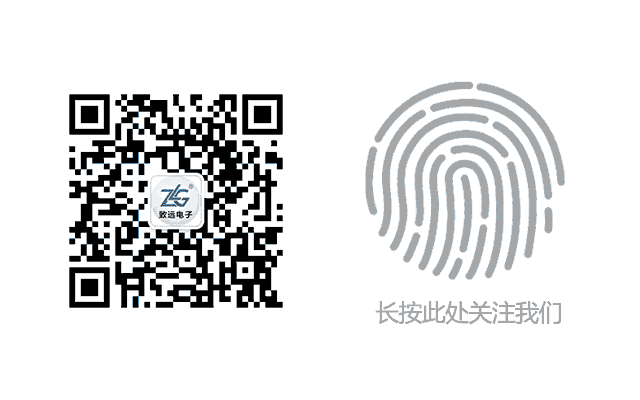This article guide
The development of interactive interfaces for industrial products is increasingly approaching that of consumer products. Choosing a fast and low-cost embedded UI development solution is particularly important. This article will introduce a new framework-based embedded UI development platform.
1
Serial Port Screens
A serial port screen refers to a screen that can be controlled by serial port commands, such as UART (TTL, 232, 485), SPI, etc. If there are many control pins and a certain timing relationship exists among them, it is collectively referred to as a parallel port screen. All drawing, display, and human-computer interaction of the serial port screen rely on the instruction and data transmission between the MCU and the serial port screen. The biggest advantage of the serial port screen is its convenience in development and significantly reduced IO port occupation of the main control chip. However, to achieve richer display effects, the serial port screen needs to integrate a high-performance processor internally, which also makes its price much higher than that of bare screens.
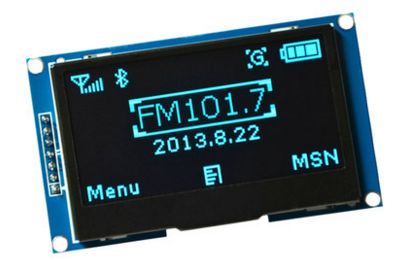
Simple Serial Port Screens
Before 2010, most serial port screens were used to pre-download the content to be displayed onto the screen via a host computer and then send preset instructions to display various interfaces. After 2014, more powerful configuration screens made the serial port screen industry chain increasingly mature. Since the display of the serial port screen relies on its built-in library, its display flexibility is still somewhat limited.
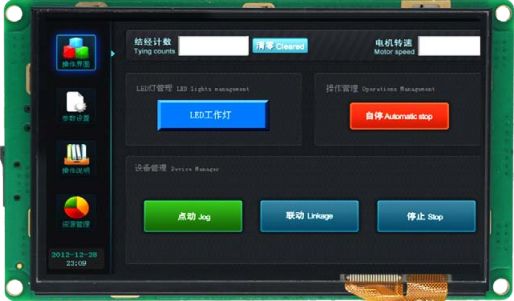
Configuration Serial Port Screens (Image Source: Internet)
2
Embedded QT/E
Compared to directly using serial port screens, the flexibility and freedom of embedded QT/E are greatly enriched. Embedded QT/E can be considered a streamlined version of QT on Linux, as it eliminates the Xlib library at the bottom layer to adapt to embedded application development. Using Qt requires only one-time development of applications, without the need to rewrite the source code, allowing these applications to be deployed across different desktop and embedded operating systems.
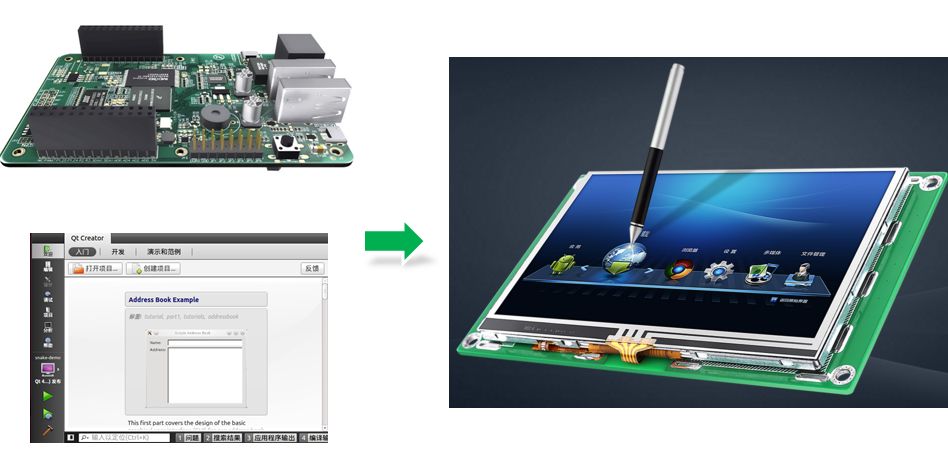
Embedded Linux QT/E Interface Development
3
Embedded emWin
Using QT/E often requires running an embedded operating system on the microcontroller, thus imposing certain performance requirements on the MCU. In addition, if one has not previously been exposed to QT/E, it will take some time to learn to use it. In contrast, emWin is more suitable for rapid and streamlined UI development.
The emWin graphics library, developed by SEGGER in Germany, provides advanced support for graphic LCD design, greatly simplifying LCD design and shortening time to market. The emWin graphics library, which is provided free of charge to users of NXP ARM microcontrollers, offers commercial libraries for free, is easy to use, enhances MCU performance, and provides realistic colors.
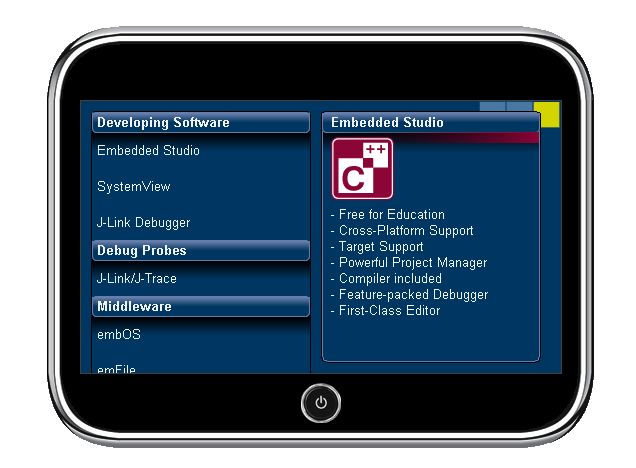
emWin_Demo
4
AWUI&AWTK
The emWin manual has over a thousand pages, and for most developers who just want to use emWin to create an interactive interface, a lot of time will be spent learning the emWin API.
To make emWin easier to use, ZLG Zhiyuan Electronics developed AWUI based on emWin, which is a C++-based MVVM framework that implements basic functionalities such as data binding, command binding, and window navigation, and provides rich GUI components. AWUI represents a significant leap compared to programming directly with emWin because it uses the MVVM programming model to decouple the interface from the logic. MVVM has evolved from MVC and MVP, and its purpose is to separate the user interface from business logic, facilitating change isolation, automated testing, and collaborative work.
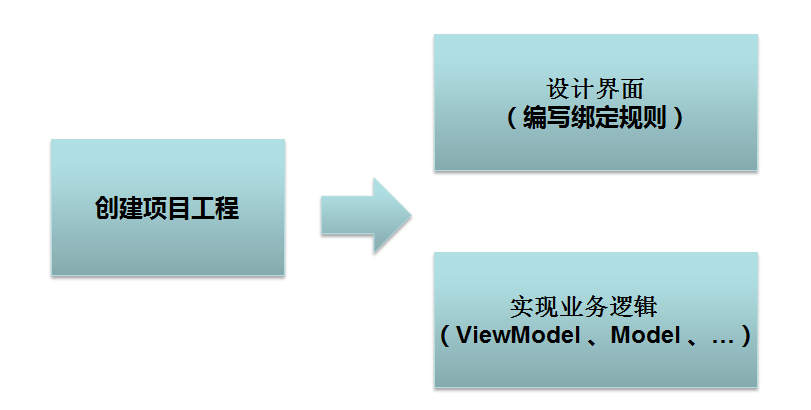
The Framework Concept of AWUI
AWUI currently supports Qt and emWin, allowing developers to edit interfaces using Designer and develop ViewModel/Model using C++, enabling them to create applications without needing to learn the APIs of Qt and emWin. The final application can run on both Qt and emWin (ensuring that the control is supported on emWin).
Based on AWUI, ZLG Zhiyuan Electronics will launch a more widely applicable and user-friendly AWTK. Embedded UI development will be integrated into the AWorks platform in a component manner, allowing for rapid interactive interface development on that platform.
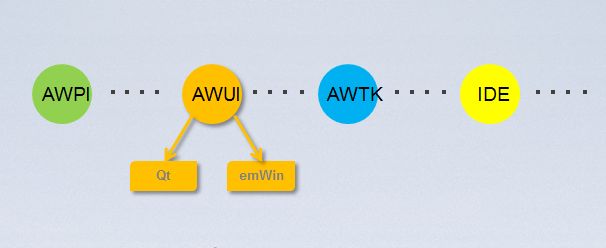
AWUI Development Plan
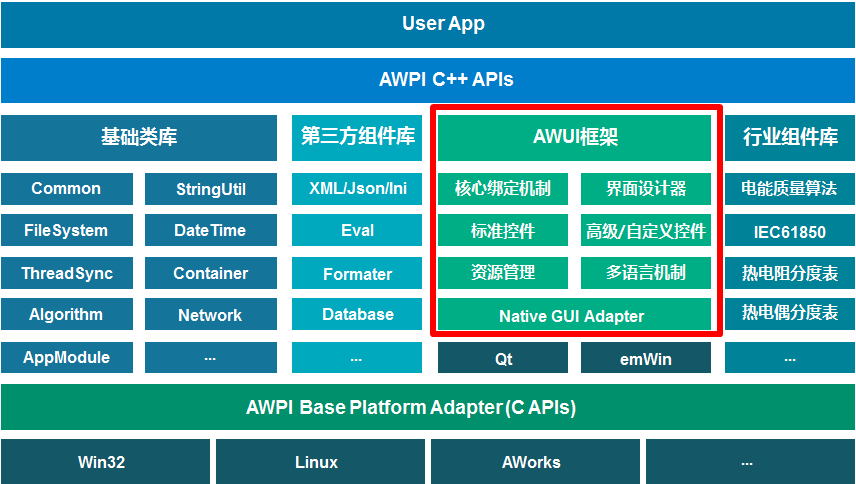
UI Framework in AWorks
If you have any questions, please add the official customer service WeChat of Zhiyuan: zlgmcu-888.
AWorks Further Reading
Zhou Ligong: Introduction to AWorks
Philosophy of AWorks
Official Release: Free Download of the E-Book “Programming for AWorks Framework and Interfaces”
M1052 Cross-Border Core Board, Simplifying the Complex
Low Power Industrial Internet Gateway Solutions
IoT Solutions Based on Cross-Border Hardware
2018 “You Don’t Have to Work Too Hard”, Dedicated to Every Engineer with Dreams
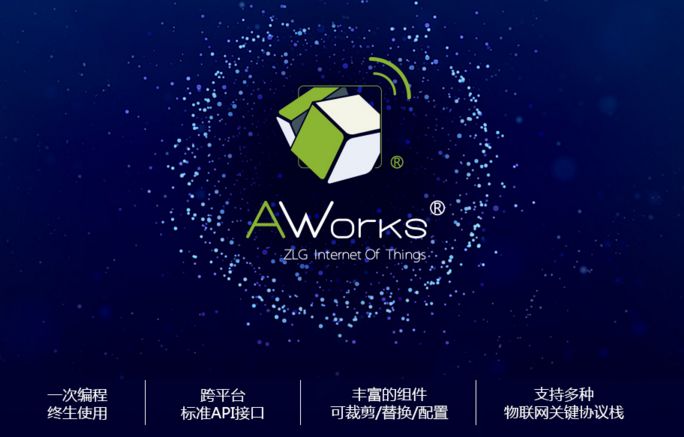
Zhiyuan Electronics Introduction
Guangzhou Zhiyuan Electronics Co., Ltd. was established in 2001 and is a national high-tech certified enterprise, as well as the Guangdong Provincial Engineering Technology Research and Development Center for high-end industrial control measurement instruments.
Vision:To become a leading enterprise in the industrial internet ecosystem
Design high value-added modules, boards, and high-end measuring instruments using the “chip + AWorks software platform”, connecting to the ZWS IoT cloud through wired and wireless interfaces to achieve big data processing, forming an industrial internet ecosystem.
Mission:To advance the progress of China’s industrial internet with leading technology
Values:Professionalism and Focus Achieve Dreams
